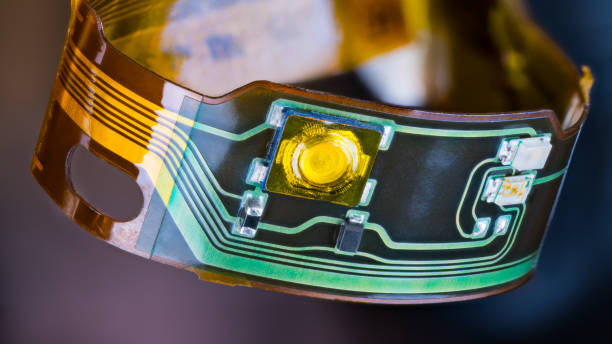Unraveling the Potential of Terahertz Communications
Terahertz communications, a realm until recently deemed as an enigma in the telecommunications industry, has begun to reveal its astounding potential. As we delve into this article, you'll uncover the fascinating journey of this technology and its potential to redefine the future of wireless communications.

The Genesis of Terahertz Communications
Terahertz communications operate in the frequency range of 0.1 to 10 THz, an uncharted spectrum until recently. The study of this frequency band began in the late 20th century, but it was not until the turn of the millennium that significant strides were made. The advent of quantum cascade lasers in the early 2000s, capable of emitting radiation in the terahertz range, marked a critical milestone in the technology’s development.
Current Trends and Insights
Today, the terahertz frequency band is being hailed as a potential game-changer in wireless communications. The massive bandwidth availability can provide data transfer rates in the multi-gigabit or even terabit per second range. Furthermore, terahertz waves can enable ultra-low latency communication, a critical requirement for real-time applications such as autonomous driving and telemedicine.
Impact and Challenges of Terahertz Communications
The implications of terahertz communications are profound, from making 6G wireless communication a reality to enabling high-resolution sensing and imaging. However, the technology comes with its share of challenges. Terahertz waves suffer from high atmospheric absorption and are susceptible to scatter, limiting their range. Moreover, designing and manufacturing devices that can operate at such high frequencies is a complex task.
Practical Applications
Despite the challenges, various industries are exploring the practical applications of terahertz communications. In healthcare, terahertz imaging can provide high-resolution, non-ionizing imaging, potentially making certain diagnostic procedures safer. In the security industry, terahertz scanners can detect concealed weapons or illicit substances, bolstering safety measures.
Backing Claims with Research
Research on terahertz communications is gaining momentum worldwide. The recently completed Horizon 2020 TERRANOVA project, funded by the European Commission, investigated the potential of integrating terahertz technology into future wireless networks. In Japan, the government’s 6G vision includes the utilization of terahertz waves, underscoring the technology’s significance.
Telecommunications and internet connectivity are constantly evolving, and terahertz communications represent one of the most exciting frontiers. As we uncover the potential of this technology, we are not just exploring a new frequency band; we are pioneering a revolution in wireless communications. This article is a humble contribution to that journey, and we hope you found it enlightening.





